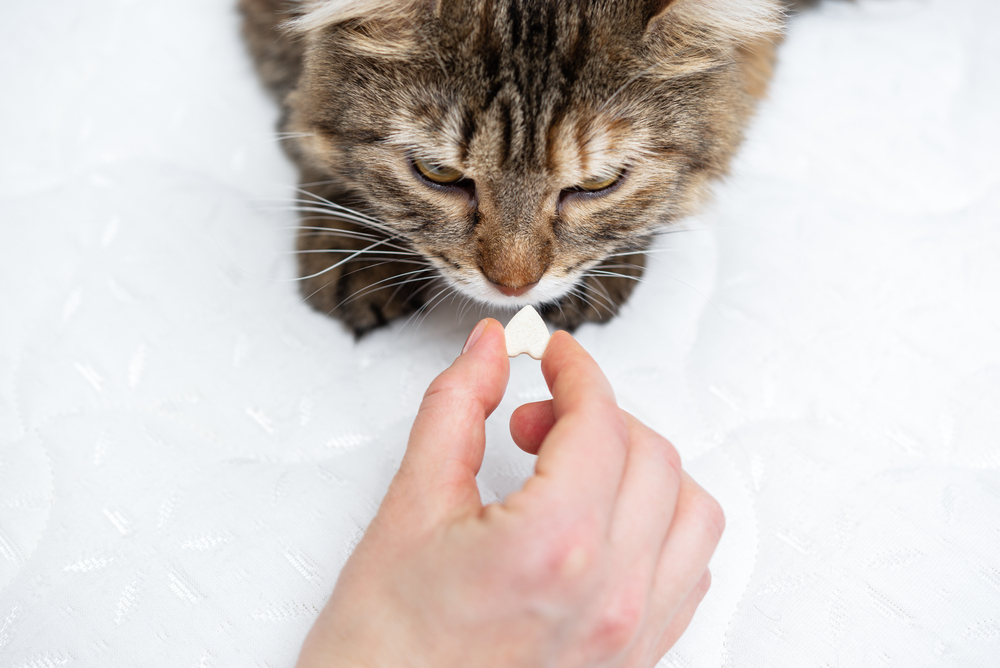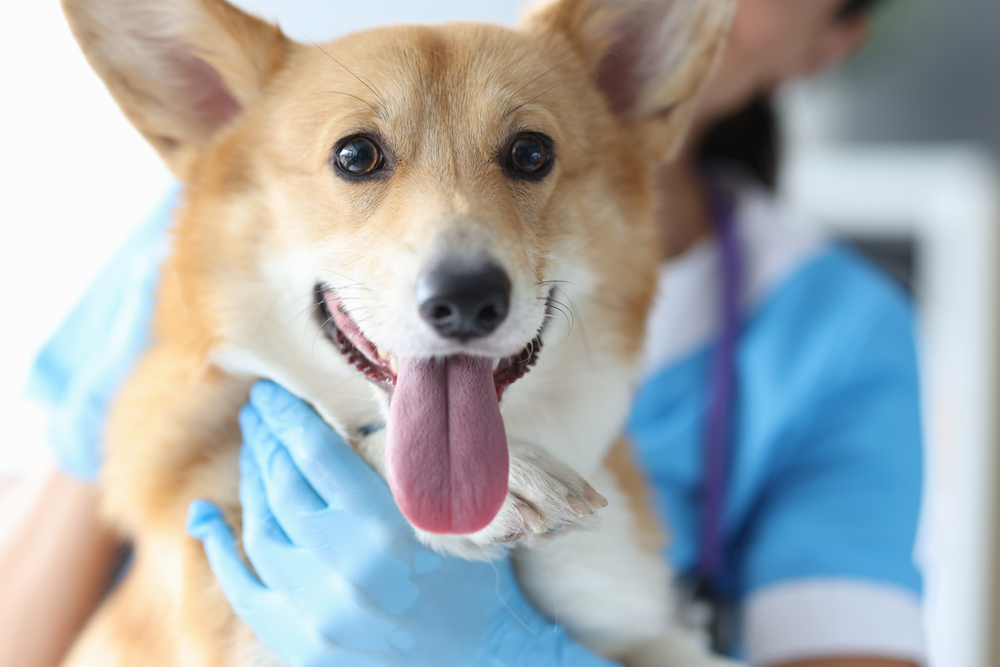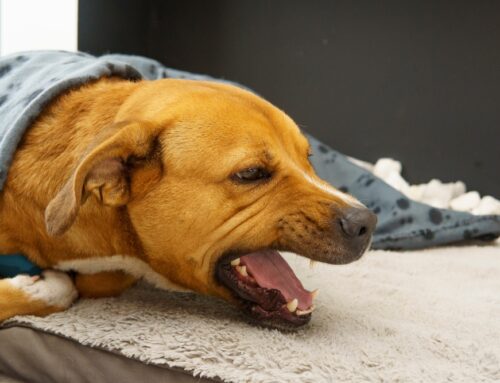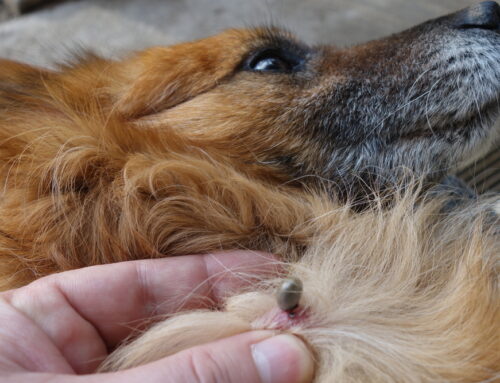The thyroid plays an important role in regulating your pet’s metabolism, and problems occur when this gland is affected. The south Austin veterinarians at Oliver Animal Hospital want to explain how thyroid conditions affect cats and dogs.
What does the thyroid gland normally do in pets?
The thyroid gland is located in your pet’s neck on either side of their trachea, and produces thyroxine (T4) and triiodothyronine (T3) in response to the pituitary gland’s production of thyroid stimulating hormone (TSH). In addition, certain cells in the thyroid produce calcitonin, which plays a role in regulating calcium and phosphate levels. The thyroid gland’s main function is to regulate the body’s metabolic rate that controls heart rate, brain development, bone maintenance, and muscle and digestive function.
What conditions affect the thyroid gland in pets?
Disease processes can cause overproduction or underproduction of the thyroid hormones. Cats and dogs are affected differently.
- Dogs — Dogs typically suffer from hypothyroidism, a condition most commonly caused by direct destruction of the thyroid gland. The damage can be caused by lymphocytic thyroiditis, an autoimmune disorder where the immune system attacks the thyroid gland, or idiopathic atrophy of the thyroid gland. Other rare causes include cancer and congenital defects.
- Cats — Cats are most commonly affected by hyperthyroidism, which is a benign enlargement of the thyroid gland that causes thyroid hormone overproduction. The cause of the enlargement is unknown, but certain toxins in the cat’s diet or environment may be responsible.
What are thyroid disease signs in pets?
Changes in the amount of circulating thyroid hormones in your pet’s body cause a wide variety of signs.
- Dogs — Middle-aged and older dogs are most commonly affected, and signs include lethargy, mental dullness, unexplained weight gain, cold intolerance, hair loss or thinning, thickened skin, and increased dark skin pigmentation. Less common signs include facial skin thickening, abnormal nerve function, infertility, fat deposits in the corneas, and keratoconjunctivitis sicca (i.e., dry eye).
- Cats — Middle-aged and older cats are most commonly affected, and signs include weight loss despite a healthy appetite, increased heart rate, aggressiveness, increased water consumption and urination, vomiting, diarrhea, and an unkempt hair coat. The increased heart rate can result in serious complications, such as hypertension and a condition called thyrotoxic cardiomyopathy that causes the heart wall to thicken and pump blood inefficiently. In severe hypertensive cases, retinal detachment may occur, resulting in blindness. Other organs, such as the kidneys and brain, may also be damaged.
How is thyroid disease diagnosed in pets?
Our veterinary professionals can suspect thyroid disease from a pet’s history and physical examination, but specific tests are needed for a definitive diagnosis.
- Dogs — A screening test called a total thyroxine level (TT4) that measures the main thyroid hormone in your pet’s blood is performed initially. If this level is abnormally low, hypothyroidism is suspected. A second test, called a free T4 by equilibrium dialysis (free T4 by ED), which measures multiple forms of thyroxine, is then performed to make a definitive diagnosis. If the free T4 by ED is also abnormally low, your pet has hypothyroidism. An additional test to measure the thyroid stimulating hormone may be performed, since hypothyroid pets have increased TSH levels.
- Cats — In some cases, the enlarged thyroid can be felt when your cat’s neck is palpated. TT4 levels in hyperthyroid cats are typically extremely elevated, making diagnosis uncomplicated. However, other tests, such as a free T4 by ED, may also be necessary for a definitive diagnosis. Other diagnostics may be recommended if your cat is diagnosed with hyperthyroidism.
- Blood pressure — Since hypertension is a frequent complication, your cat’s blood pressure will be evaluated.
- Chest X-ray and ultrasound — Since heart complications can occur, a chest X-ray or ultrasound may be performed, to further evaluate your pet’s heart.
- Blood and urine tests — Some treatment protocols can harm the kidneys, so tests will be performed to ensure your cat’s kidneys are healthy.
- Technetium scan — This special scan may be recommended to visualize the thyroid and determine the exact location and size of the enlarged tissue.
How is thyroid disease treated in pets?

Thyroid disease can be treated or managed effectively in most pets.
- Dogs — Hypothyroid dogs require a thyroid replacement hormone for the rest of their life. The dog is typically started on a standard dose based on their weight, and their thyroid hormone levels reevaluated after about a month to determine if the dose is effective. Dosage adjustments may be necessary throughout the dog’s life.
- Cats — Hyperthyroidism can be treated in several ways.
- Medication — Certain drugs can be administered to prevent thyroid hormone overproduction. These medications must be given daily, and will be needed for the duration of the cat’s life.
- Surgery — The affected thyroid tissue can be removed to cure hyperthyroidism. However, thyroid supplements may be necessary if the entire thyroid gland is removed.
- Radioactive iodine — Injecting radioactive iodine destroys the overactive thyroid cells without damaging the healthy tissue. This method is curative, but cats require hospitalization for several days, since the cat is radioactive following treatment.
- Low iodine diet — To produce thyroxine, the body needs iodine, so restricting dietary iodine prevents thyroxine overproduction.
Thyroid disease is better treated and managed in the early stages, making early diagnosis important. If you are concerned that your pet may be affected by a thyroid condition, contact the veterinarians in south Austin at Oliver Animal Hospital, so we can diagnose their problem.







Leave A Comment